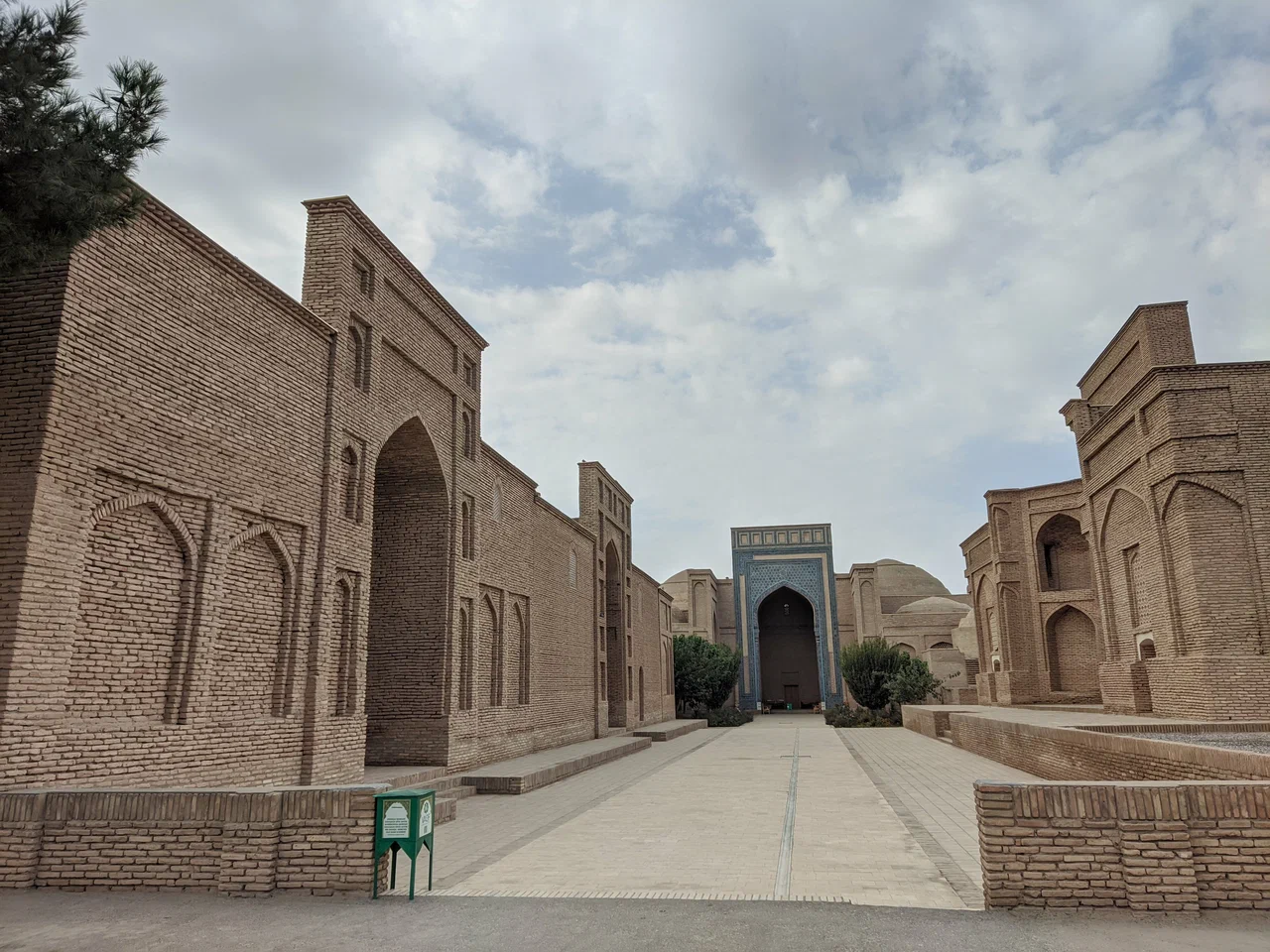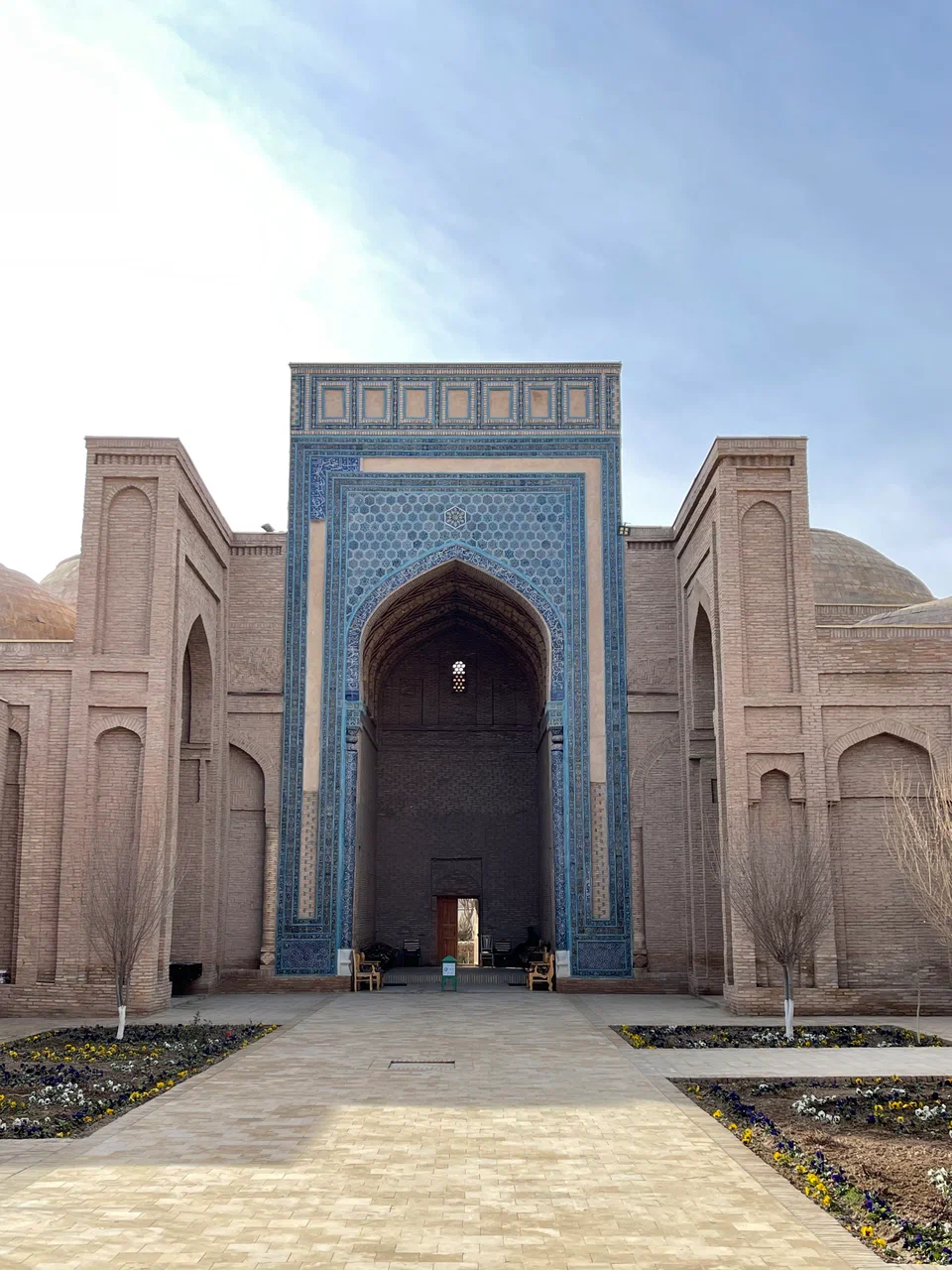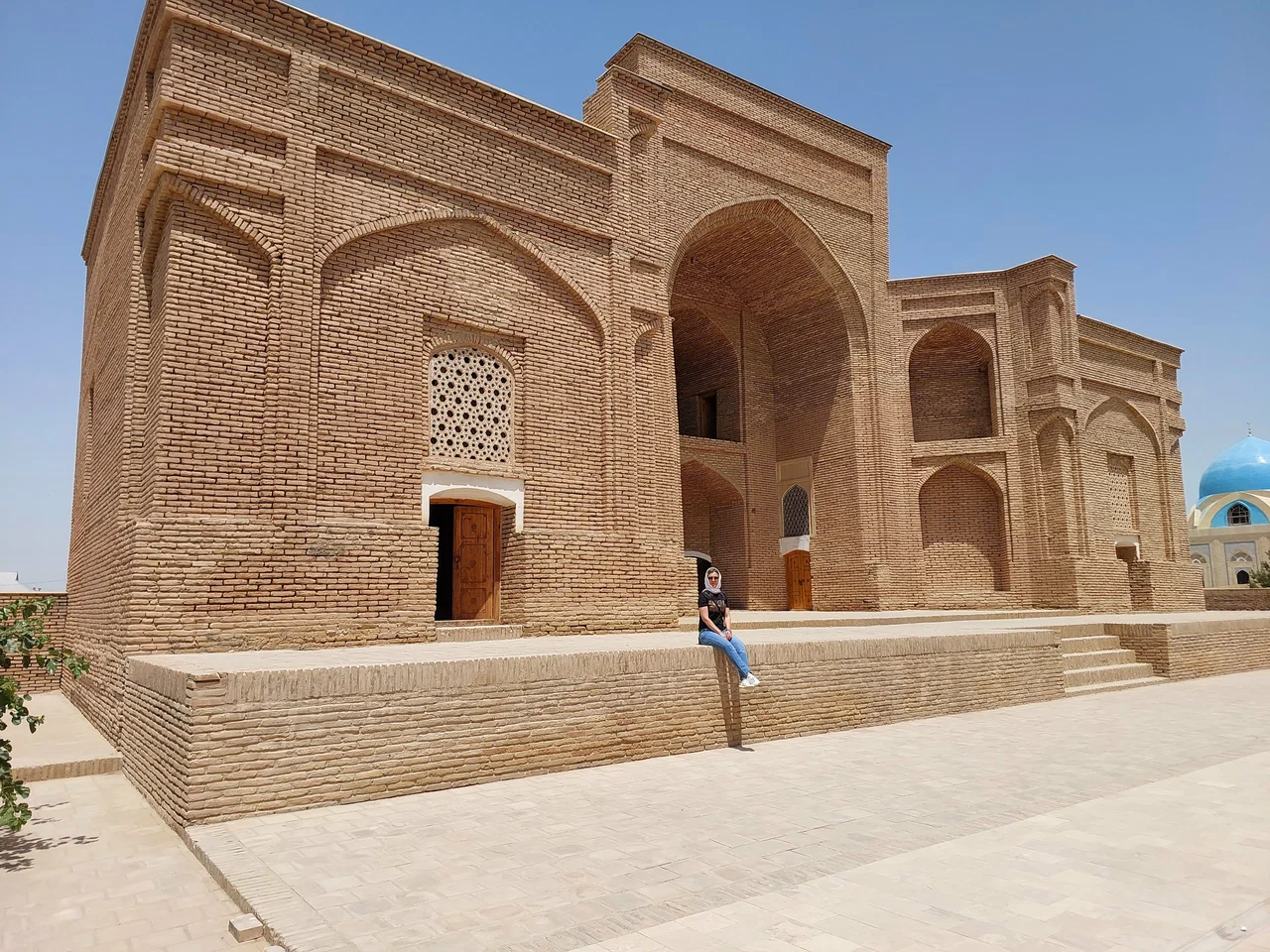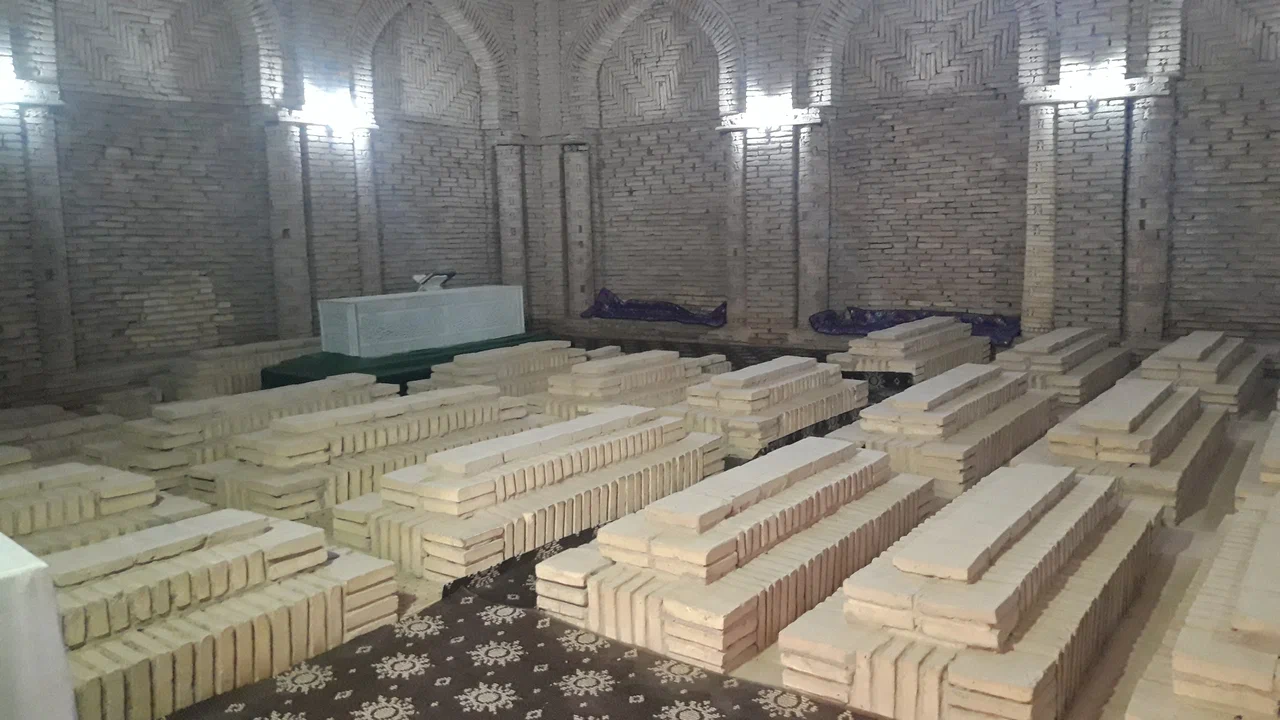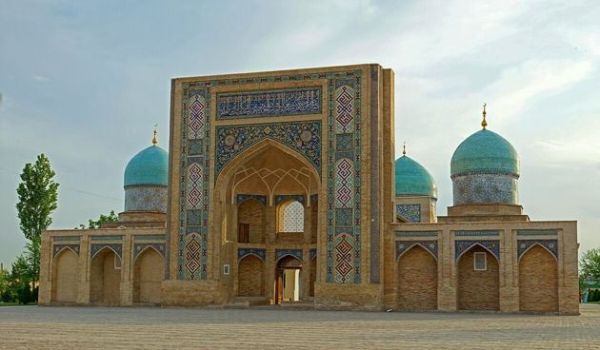Sultan Saodat Mausoleums of the Termez Seyids
A unique architectural monument is located 3 km from Termez on the banks of the Surkhandarya River. This is the family tomb of representatives of the ancient family of the "Seyids" – the Sultan Saodat memorial complex. Translated from Arabic, this beautiful name of the complex means "the rule of the Seyids." The Seyids of Termez are considered direct descendants of the Prophet Muhammad (PBUH), therefore this family has been deeply revered in the Muslim world for a long time. The Seyid dynasty was founded by the prophet's grandson Hassan al-Emir.
According to scientists, the first building of the Sultan Saodat ensemble was built in the 13th century. It was the first tomb of the Caliph. A little later, the city of Madinat ar-Rijal appeared on this site, built by the inhabitants of the destroyed Termez. The entire complex is formed by religious buildings from different eras.
The architectural complex is 70 meters long, and about 150 structures could fit into the narrow courtyard. Only a small part has reached us. The original ensemble included a mosque and a mausoleum, covered with domes and connected by an aivan in the form of a vaulted vestibule.
The facade of the main building is made of burnt brick. The unique stone masonry in the form of Christmas trees, diamonds, flowers and various geometric shapes is particularly striking. Today, only the surviving rectangular tombstones have been preserved in the mausoleum.
The main mosque was also a burial place. The interior of the mosque in the mausoleum is decorated with tiles with elegant ornaments and glazes with gold inserts. Lines from the Holy Quran were found engraved in the inner walls of the mosque.
The ensemble has been reconstructed several times. For the first time in the 14th-15th centuries, the original appearance of the building was restored, the old decor was assembled, and an inscription was engraved – one of the earliest written records of the family tree of the Seyids of Termez.
Also during that period, two monumental buildings were built on the western side of the complex: darvaza Khan and khanaka, the abode of the dervishes. Subsequently, judging by the number of hearths, the khanaka room began to be used as a kitchen.
In the 19th century, the following restoration was carried out. It was organized by a local sheikh, who was the custodian of the ensemble and a direct descendant of the Seyids.
Currently, restoration work is still underway.
